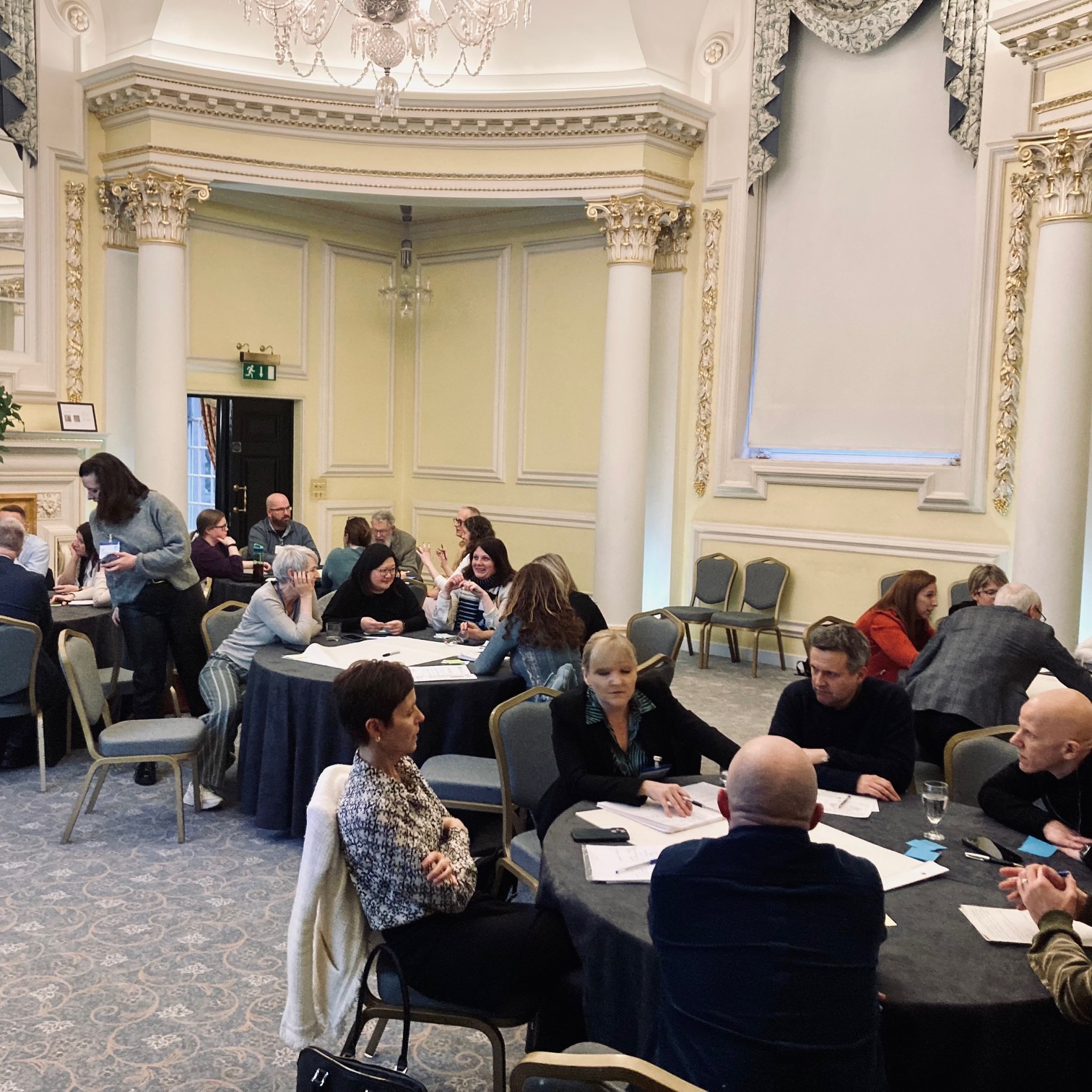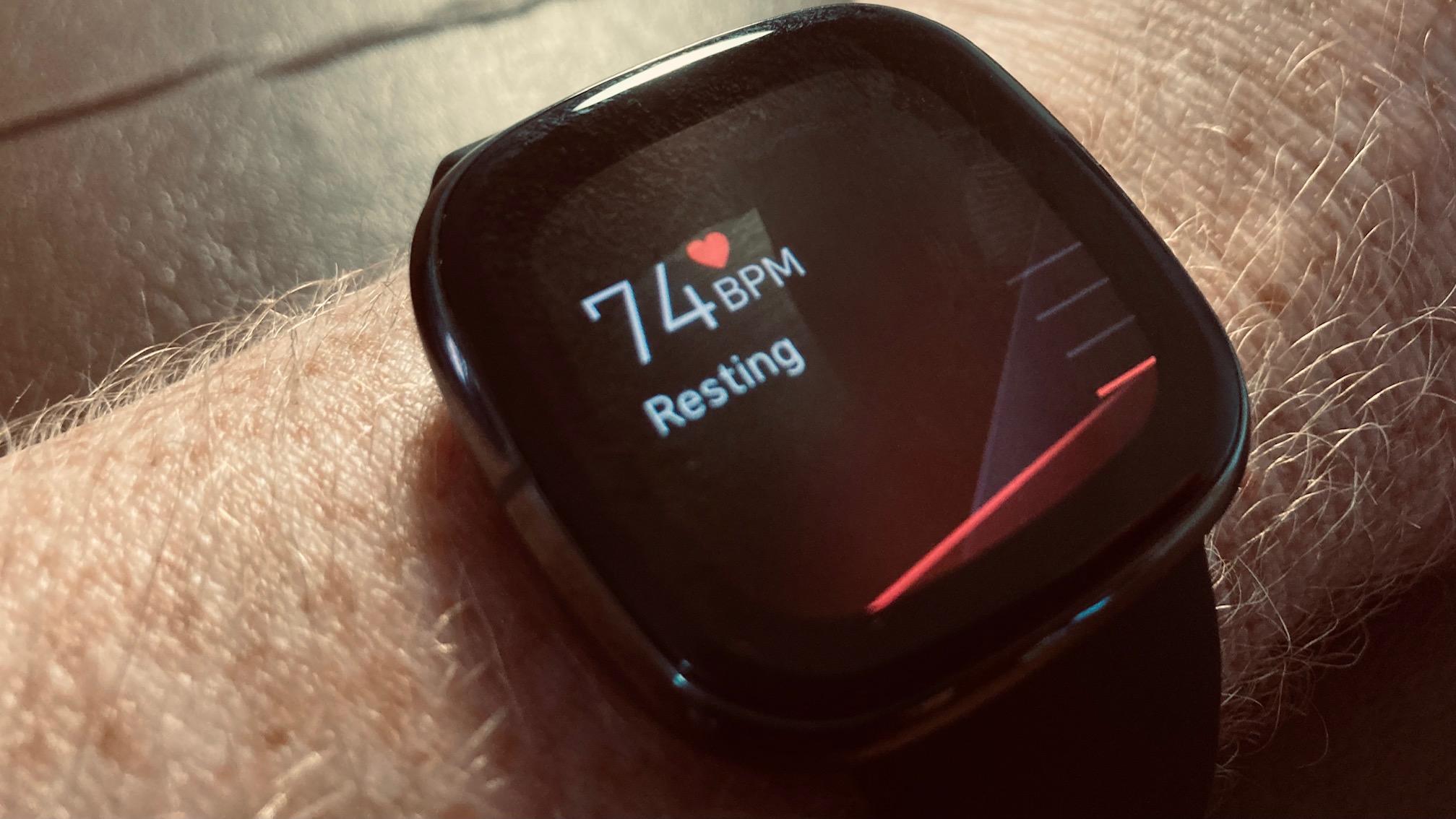It has been terrific to be back in Berlin on behalf of Kriyadocs at the APE 2024 Conference, the now traditional start to the scholarly publishing calendar. Congratulations to Marta Dossi and the organizing team on another great event with a broad ranging programme! If I was to try and encapsulate the overarching conference themes this year, they would be: risk, reward and reach.
Risk
As is inevitably the case with all industry events these days, AI was a recurring topic during APE. In the Trusted Corpus and AI session, George Tsatsaronis (Elsevier) and Thomas Lemberger (EMBO) identified AI as a potential risk in terms of how Large Language Models (LLMs) are trained and used. Ensuring that unbiased scientific training data is matched by ethical, regulated usage will be key. However, there was a greater emphasis at APE this year on the potential rewards of AI, and an acceptance that AI is already an integral part of the fabric of scholarly communications in terms of how researchers are writing up their work, and how publishers are triaging and reviewing these submissions. More on this shortly.
In the Research Integrity Debate panel chaired by Sven Fund (Wiley, ReviewerCredits) on day two, Kim Eggleton (IOP Publishing) rightly described research integrity as the biggest challenge to the scholarly publishing industry since the advent of open access.
According to Kim, retractions at IOP Publishing have increased from just two or three papers in 2018 to over 1,000 in 2022. Platforms such as PubPeer have given a public voice to research integrity concerns, which means that this can no longer be something dealt with behind the scenes by scholarly publishers. As Kim remarked, the more we look, the more we find! Julian Moore (Lincoln International), a M&A specialist, went further, describing research integrity as an existential threat to scholarly publishing which will require substantial investment in technology in order to mitigate the risks.
The consensus of the panel, which also included Hylke Koers (STM Solutions) and Othman Altalib (Morressier), was that workflow software systems originally conceived and engineered 20+ years ago are no longer fit for purpose – at least not in countering new threats in their current form. Hylke highlighted STM Integrity Hub and ORCID Trust Markers as a practical examples of how the industry can work together to counter the threats to research integrity, with enhancements to and connections with existing scholarly communications infrastructure. More broadly, it was agreed that tackling the risks to research integrity requires a collaborative, community-led effort, with technology supporting the work of research integrity specialists. The community also needs to include institutions and funders, to help tackle the problem at source.
Whilst much of the focus of the Research Integrity Debate panel was on detecting and deterring malpractice at scale – and rightly so – an important coda to the debate was provided by Nicko Goncharoff (Osmanthus Consulting), who is directly involved in industry efforts to engage with policy makers in China to try and change the drivers which provide such a fertile and profitable climate for papermill agents. It may be a cliché, but incentives (and disincentives) will always drive behaviour. On a final note regarding the focus on research integrity at this year’s conference, and on the part of scholarly publishers in general, two of the most well-received startups in the Dotcoms to Watch lightning presentations on day two were Clear Skies and Signals, each providing an AI-driven solution to identifying potential integrity risks.
Reward
Returning to the theme of AI, the day one keynote from Harsh Jegadeesan (Springer Nature) identified this as one of five ways (using the mnemonic OCEAN) in which scholarly publishing can learn from tech companies in moving towards greater openness and inclusivity. OCEAN represents openness, community and collaboration, experience and diversity, AI, networks and network effects.
Harsh argued that our industry is still constrained by the concept of print in terms of how we collaborate and the time needed to publish work. An increasingly diverse and globalized community of researchers, many at early career stage, are demanding real-time, dynamic user experience. With regards to AI in meeting these expectations, Harsh cited a recent Nature survey in which over 50% of respondents said AI tools will be very important or essential to their work, and over 50% believe that AI has the potential to save scientists money. So, in an environment in which publishers increasing regard authors as they key customers, those customers are already embracing AI.
Last year’s Publisherspeak conference in Washington DC, organised by Kriyadocs, broke the standard industry conference mould by placing the theme of Embracing Agility at the centre of the programme, with a keynote session from executive coach Srikanth Seshadri and interactive workshops addressing a range of industry challenges with agile methodologies. This year’s APE conference continued this theme, with a well-received session on Lean Change from the consulting team at Uuna and publishing industry stalwart David Roche, who shared his experiences in fostering change as a CEO in various companies over the last three decades. The interest in agile and lean approaches to change, evidenced by these recent conference sessions, illustrates a wider appetite in the scholarly communications industry to embrace digital transformation and to be supported in this process.
Reach
My final takeaway from APE 2024 was a focus on how the scholarly community needs to improve the reach of its work, finding ways to communicate research to the wider public, to policy makers, and to industry. Likki-Lee Pitzen (First Secretary to the German Embassy in Bangkok) gave an insightful and impassioned opening address on the real-world benefits of scholarly communications which she has seen first-hand in South East Asia. This was followed by a panel session on the role of the UN Sustainable Development Goals within the publishing industry, titled Can scholarly publishers change the world? The consensus from participants Ritu Dhand (Springer Nature), Agata Morka (PLOS), Nikesh Gosalia (Cactus) and Charlie Rapple (Kudos), with facilitation by Stephanie Dawson (ScienceOpen), was that we can certainly make a significant impact in terms of how we operate, how we disseminate our content, and how well this content is contextualised by translating data into evidence.
Final thoughts
This is by no means an exhaustive summary of the conversations and sessions which took place over the two days of APE, but I think these three overarching themes of risk, reward and reach point the way in terms of key areas of focus for the scholarly publishing industry during the year ahead. I know that Kriyadocs is fully engaged with all three of these themes, developing proprietary AI solutions to manage risk and improve workflows for publishers, engaging with industry initiatives, and helping to improve reach and inclusivity through innovations such as simultaneous multilingual publishing workflows to help publishers give a voice to the 85% of the world’s research community for whom English is not their native language. We look forward to collaborating with as many publishers and partners as possible during 2024!




